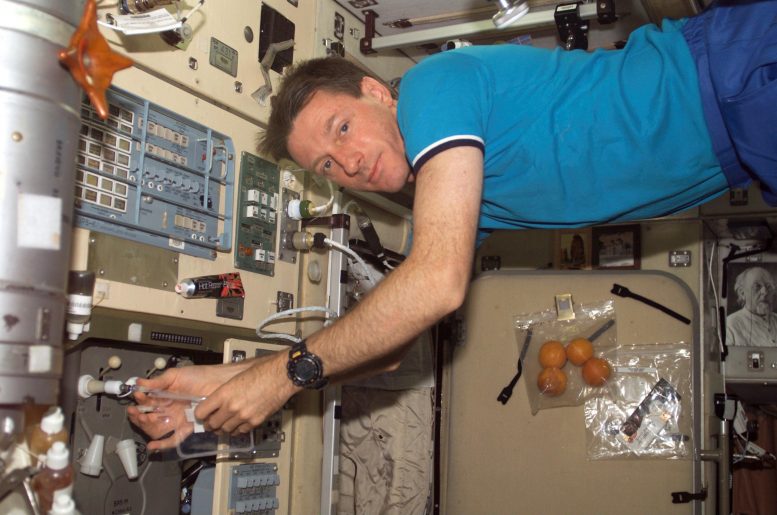
Astronaut Michael Foale sampling the potable water delivery system from the International Space Station. Microbes that likely colonized the water dispenser before takeoff are still susceptible to antibiotics. Credit: NASA
Bacteria on the International Space Station no more dangerous than earthbound strains.
Two particularly tenacious species of bacteria have colonized the potable water dispenser aboard the International Space Station (ISS), but a new study suggests that they are no more dangerous than closely related strains on Earth. Aubrie O’Rourke of the J. Craig Venter Institute and colleagues report these findings in a new paper published February 19, 2020 in the open-access journal PLOS ONE.
Shortly after the National Aeronautics and Space Administration (NASA) installed the water dispenser aboard the ISS in 2009, periodic sampling showed that two bacteria, Burkholderia cepacia and later on, Burkholderia contaminans were contaminating the drinking water. These microbes belong to a group of related Burkholderia species that cause opportunistic lung infections in people with underlying health conditions and are very difficult to kill using common sterilization techniques. The bacteria have persisted in the water dispenser despite periodic flushing with an extra-strength iodine cleaning solution.
To learn more about these bacteria, researchers sequenced the genomes of 24 strains collected from 2010 to 2014. All of the B. cepacia and B. contaminans strains were highly similar, and likely descended from original populations of these two bacteria that were present in the water dispenser when it left Earth.
The researchers conclude that the two bacterial species living within the dispenser are no more dangerous than similar strains that might be encountered on Earth. In the event of an infection, the bacteria can still be treated with common antibiotics.
The authors add: “Within each species, the 19 B. cepacia and 5 B. contaminans recovered from the ISS were highly similar on a whole genome scale, suggesting each population may have stemmed from two distinct founding strains. The differences that can be observed among the isolates of the same species are primarily located within putative plasmids. We find that the populations of Burkholderia present in the ISS PWS are likely are not more virulent than those that might be encountered on planet, as they maintain a baseline ability to lyse macrophage, but remain susceptible to clinically used antibiotics.”
Reference: “Genomic and phenotypic characterization of Burkholderia isolates from the potable water system of the International Space Station” by Aubrie O’Rourke, Michael D. Lee, William C. Nierman, R. Craig Everroad and Chris L. Dupont, 19 February 2020, PLOS ONE.
DOI: 10.1371/journal.pone.0227152
Aubrie O’Rourke was funded by NASA Space Biology under grant 80NSSC17K0035. Michael D. Lee was funded by NASA Space Biology under grant NNH16ZTT001N-MOBE. Chris L. Dupont was funded by the NASA Astrobiology Institute Alternative Earths. The funders had no role in study design, data collection and analysis, decision to publish, or preparation of the manuscript.


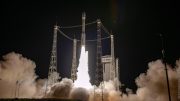
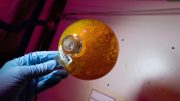
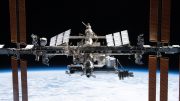
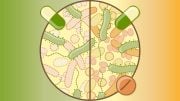
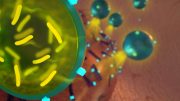
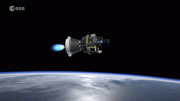
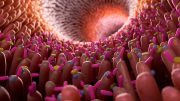
ah..ok..how about replacing with a sterilized unit? Duh.
They are nasty but no worse than on earth and easily treated with antibiotics?
Peter Frost: If they hadn’t used the work “nasty” in the headline, fewer people would have clicked on the link.
Still.. uh, gross.
So, does this mean they had to drain the hot tub?
Is it worse than Golf course water from the water on the course in coolers?
Why not install a UV light that water would pass though when exiting. Even my off-the-shelf reverse-osmosis filter includes such a UV light.
No one paid attention when they designed and made the product.
It could have easily been sterilized with Ethylene Oxide before it left earth.
This is a fault design; it should have been designed with brass parts as much as possible and nano silver infused silicon tubing.
Plastics are bacteria bed, simple as that.
What do you expect when you vacuum pack people into a pressurised tin can?
Look at the amount of bacteria that circulate in an aeroplane cabin? All passengers breathe in
pee and poo particles of everyone who has been to the toilet.
The ISS is a flying sewer and a ticking time bomb for major illness in dumb assed astronauts.
NASA should never send idiots into space because of the health risks.
Humans will never live anywhere other than Earth.
@james – airplanes use bleed-air to push air into the fuselage thus creating pressure. so high temperature high altitude sterile air is brought in, sent through a heat exchanger to cool it, can be sent to an air conditioner if needed and then sent through the system. if there is a need to recirculate the air to maintain pressure there is a HEPA filter and a charged electrostatic plate filter that the air passes through. the air on airplanes is actually fairly clean and the air is completely exchanged often on the order of 10 minutes or so. lavatory air is exhausted directly to the outside. you can hear the hiss of the air leaving the fuselage in the lavatory. main risks in airplanes are:
Toxic fumes (from engine-oil leaks, hydraulics/leaks and de-icing fluids), » Ozone (outside air is the source via bleed air), Pesticides such as permethrin used when planes fly international to kill mosquitoes, and Allergens from all these god damned pets people are flying with now.
UV KILLS DNA
I want to get snarky, but I am restraining myself. Seriously, this puts a HUGE damper on long term travel and colonization to the moon and planets. We are, (face it), a dirty species, and keeping a tightly closed ecosystem might prove to be too much to handle, logistically speaking. Even on the ISS, spare parts, disinfectant, prescription meds, and, if all fails, evacuation is just a phone call away. Even on the moon, getting the stuff packed and shipped can be daunting. On Mars, a new virus could be the end of all things, no matter how technically advanced the base is.
And don’t get me started on farts.
“extra strength iodine cleaning solution” really? How about a bottle of bleach, or some isopropanol?